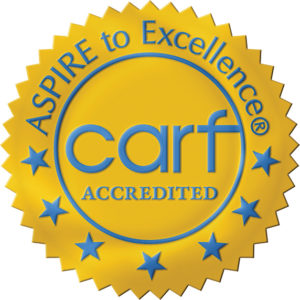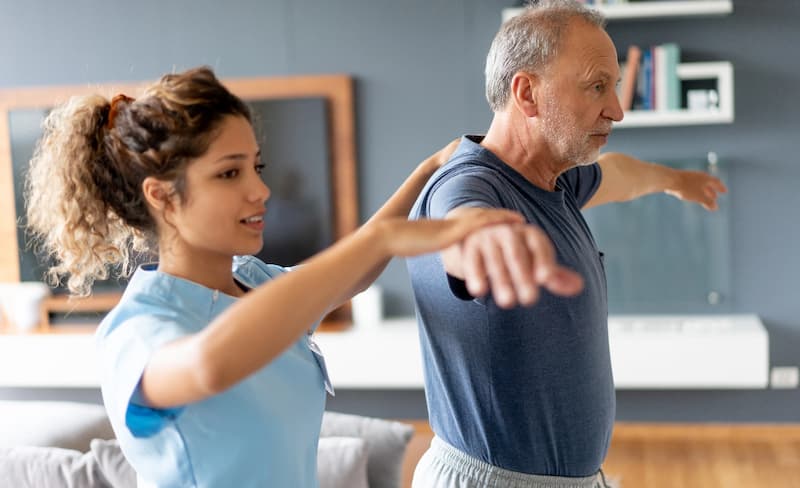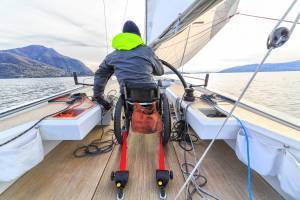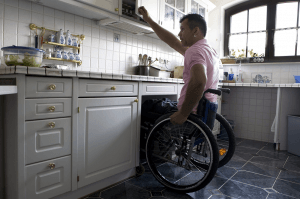 Home
Home


Locations
Rehab Without Walls
Seattle, Washington
With our unique capability to deliver the highest quality of service, where and when people need it most, we provide care for a complex population that is beyond the walls of traditional health care models. By offering services in home, community, and outpatient care settings, we are continuing to remove walls, break barriers and rebuild lives.
Available Services
Care Settings Available
Service Area
Location
20818 44th Avenue W
Suite 270-H
Lynnwood, Washington 98036
Phone: (425) 672-9219
Call Us Now

Therapy Programs and Services
Brain Injury
As a leader in neuro rehab for more than 30 years, Rehab Without Walls® addresses the unique needs of people who have experienced an acquired brain injury (ABI) or traumatic brain injury (TBI). Our proven approach combines multiple specialties that are not solely focused on what an individual can do today; rather we’re looking at sustainable long-term results, months, and years down the road.
Pediatric Neuro Conditions
At Rehab Without Walls®, we provide comprehensive therapy services that make a real difference in day-to-day life for children from infancy to young adulthood. Whether delivered in our renowned outpatient centers or the child’s home, our approach is the same: developing an individualized treatment plan and encouraging family participation.
Occupational Therapy
Our occupational therapy practitioners utilize a holistic approach where the focus is on adapting the environment and/or task to each individual. In all our settings, the individual, family, and care team are an integral part of the plan. The holistic approach utilized by our team enables individuals of all ages to live life to the fullest along with promoting health.
Neuropsychology
We perform comprehensive neuropsychological assessments to determine what cognitive issues, or psychosocial factors may be present. We then meet with individuals and their families to discuss the diagnosis, prognosis, or issues related to the recovery process and the rehabilitation program, along with provide recommendations for successful reentry into prior activities, such as school or work.
Available Care Settings

Home & Community
The foundation of our approach: individualized rehab delivered in the patient’s own environment.
Home & CommunityThere’s no better place to heal than in your own home and community.
 Rehab Without Walls® goes beyond traditional home health or outpatient therapy. We are the 1 on 1 tailored neuro rehab program that targets specific patient goals. Our home and community rehab blends evidence-based therapies with creative uses of the patient’s own surroundings – whether at home, school, work or in their own community.
Rehab Without Walls® goes beyond traditional home health or outpatient therapy. We are the 1 on 1 tailored neuro rehab program that targets specific patient goals. Our home and community rehab blends evidence-based therapies with creative uses of the patient’s own surroundings – whether at home, school, work or in their own community.
We work with adults to return to work, kids to return to school and all patients to return to other meaningful activities and life roles.
Home and community neuro therapy is medically necessary for patients who qualify for the program and it offers a significant advantage in treatment. Addressing goals and barriers in real-life settings can increase motivation, lead to more durable outcomes and reduce the risk of injuries that could lead to rehospitalization.
We have served thousands of home and community rehab patients and produced proven results that have been published in numerous peer-reviewed medical journals. We have over 30 years in practice and thousands of lives rebuilt!
When is home and community neuro therapy the right fit?
 Home and community neuro therapy is best suited for adult and pediatric patients who:
Home and community neuro therapy is best suited for adult and pediatric patients who:
- Reside in a home or community setting
- Have a brain injury, spinal cord injury, stroke, or have a complex diagnosis requiring a multi-disciplined rehabilitation
- Have complex/continuing therapy goals
- Are focused on functional community re-entry
- Would experience a clinical advantage from working on functional goals in a real-life setting
Our innovative home and community neuro therapy programs are covered by many commercial health insurance programs, workers’ compensation plans, and some Managed Medicaid programs. Medicare does not cover Home and Community services, but we do offer private pay options. Contact us for more information about your options.